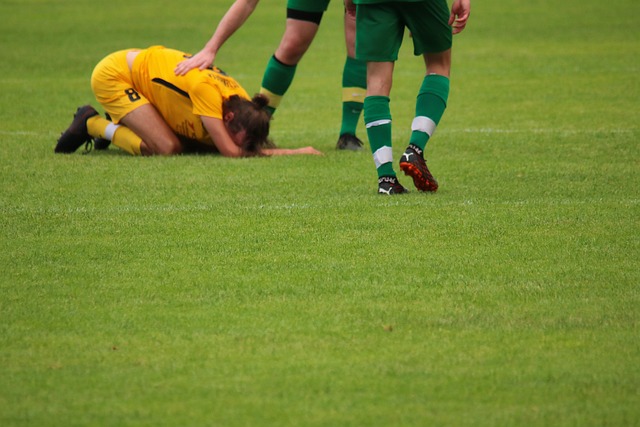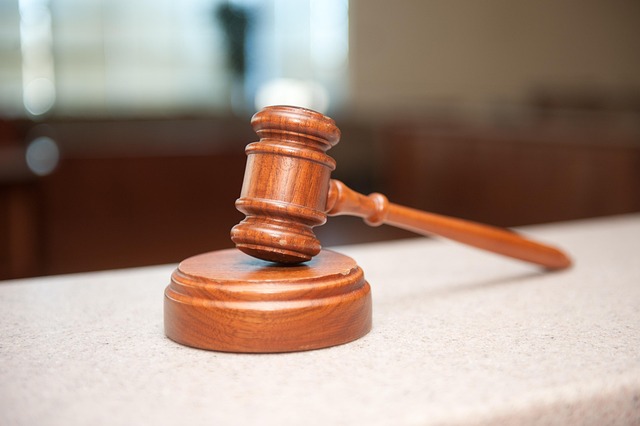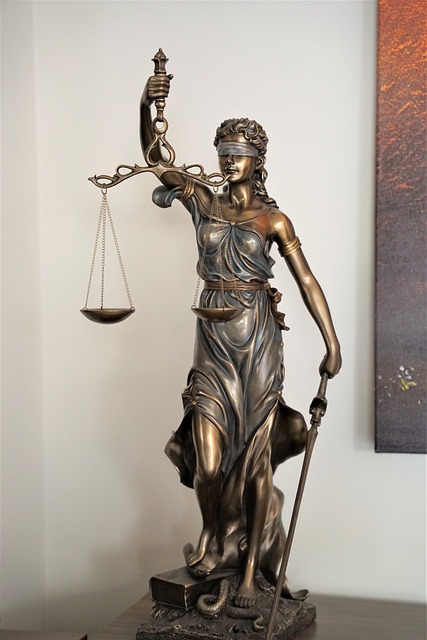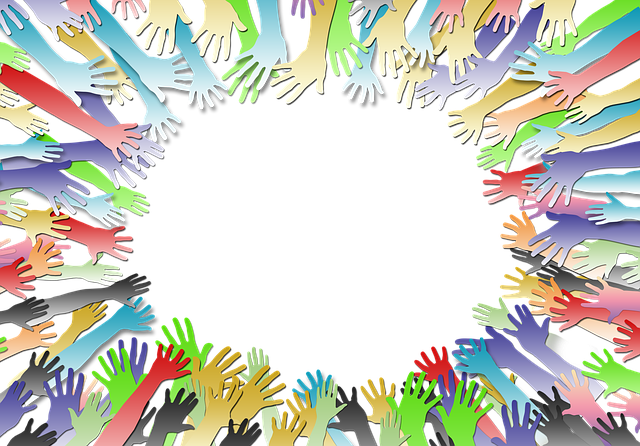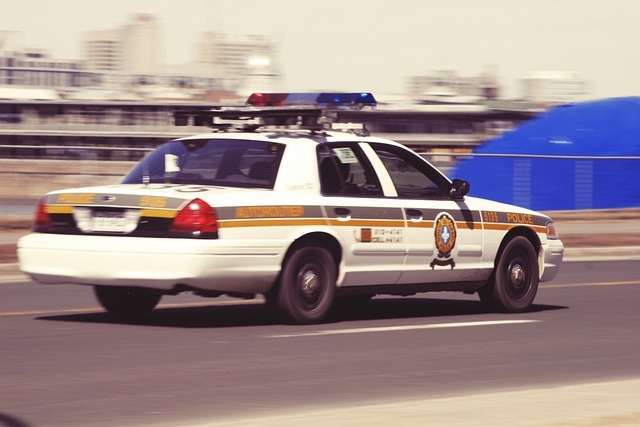Icy sidewalks pose significant risks during winter, leading to falls causing minor to severe injuries. The elderly, children, and individuals with mobility challenges are most vulnerable. Inadequate snow and ice removal contributes to accidents, with legal recourse available through product liability and accident settlements. Weather reports aid in prevention by offering real-time data on temperature, precipitation, and road conditions. Property owners have a duty to maintain safe premises, facing liability for failure to clear ice and implement de-icing measures, with victims able to pursue compensation claims including medical expenses and pain and suffering.
In winter, icy sidewalks pose a significant risk for slips and falls, leading to injuries and legal claims. Understanding how weather reports can predict and mitigate these hazards is crucial. This article delves into the intricate relationship between weather forecasting and icy sidewalk fall prevention. We explore the role of temperature, precipitation data, and historical trends in keeping folks safe. Additionally, we discuss the legal implications and compensation claims stemming from icy sidewalk falls, providing insights for both individuals and municipalities.
- Understanding Icy Sidewalk Falls: A Common Winter Hazard
- The Role of Weather Reports in Fall Prevention
- Legal Implications and Compensation Claims
Understanding Icy Sidewalk Falls: A Common Winter Hazard

Icy sidewalks are a common winter hazard that poses significant risks to pedestrians. During freezing temperatures, water seeps into cracks and crevices in the concrete, then quickly freezes overnight, transforming ordinary walks into treacherous trips. This sudden change creates a slippery surface, making it easy for people to lose their footing and fall, often resulting in severe injuries.
While many icy sidewalk falls are minor incidents with slight scrapes and bruises, others can lead to more serious injuries like fractures, head trauma, or even paralysis. Individuals most at risk include the elderly, children, and those with mobility challenges who may have limited access to assistance after a fall. Recognizing the prevalence and potential consequences of icy sidewalk falls is crucial in understanding the need for legal recourse when negligence contributes to these accidents, as it often does through inadequate snow and ice removal or maintenance. In such cases, product liability and accident settlements can provide much-needed compensation for medical bills, lost wages, and pain and suffering. Legal representation specializing in icy sidewalk fall cases can help victims navigate complex insurance claims and ensure they receive fair compensation for their injuries.
The Role of Weather Reports in Fall Prevention
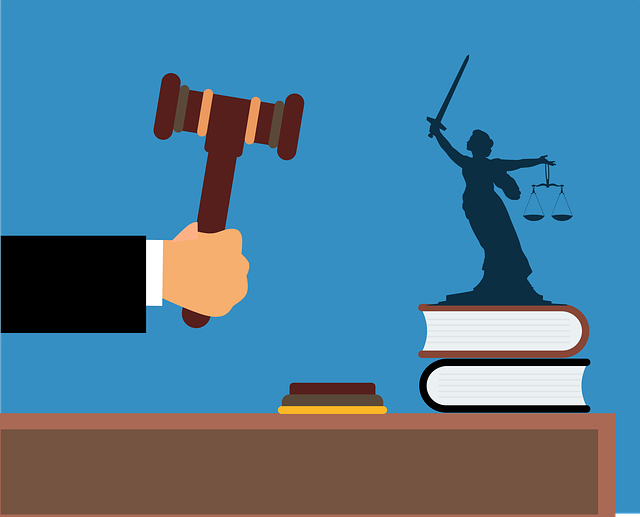
Weather reports play a crucial role in preventing icy sidewalk falls, one of the leading causes of personal injuries during winter months. By providing real-time data on temperature, precipitation, and road conditions, these reports enable local authorities and citizens to take proactive measures. For instance, knowing that freezing rain is expected can prompt city maintenance teams to treat sidewalks with salt or sand in advance, making them safer for pedestrians.
Additionally, weather forecasts help individuals plan their activities accordingly. Those who anticipate icy conditions may choose to stay indoors or wear appropriate footwear with better traction. This proactive approach not only reduces the risk of falls but also minimizes the likelihood of truck accident injuries and subsequent insurance disputes related to icy sidewalk falls.
Legal Implications and Compensation Claims

In the context of icy sidewalk falls, legal implications and compensation claims are significant considerations. When an individual suffers a slip and fall injury due to an icy surface, the responsibility often lies with property owners or managers who have a fiduciary duty to maintain safe premises. This duty includes keeping sidewalks clear of ice and snow, ensuring proper de-icing measures are in place, and promptly addressing hazardous conditions.
Failing to uphold this standard can lead to liability for the resulting slip and fall injuries. Victims may pursue compensation claims, especially if negligence is proven. Cases involving icy sidewalks often result in settlements or judgments that cover medical expenses, lost wages, pain and suffering, and other damages related to the accident. In extreme cases, such as those involving nursing home abuse where falls contribute to severe injuries, legal repercussions can be even more severe, underscoring the importance of proactive measures to prevent icy sidewalk falls.
Weather reports play a crucial role in preventing and managing icy sidewalk falls, providing essential data for both individuals and legal professionals navigating icy conditions. By understanding the impact of weather on sidewalks, property owners, and pedestrians can take proactive measures to ensure safety. This knowledge is vital for reducing the instances of icy sidewalk falls and their associated legal implications. For those who do experience such incidents, a thorough understanding of local weather patterns and relevant legal rights can be instrumental in compensation claims related to icy sidewalk falls.
